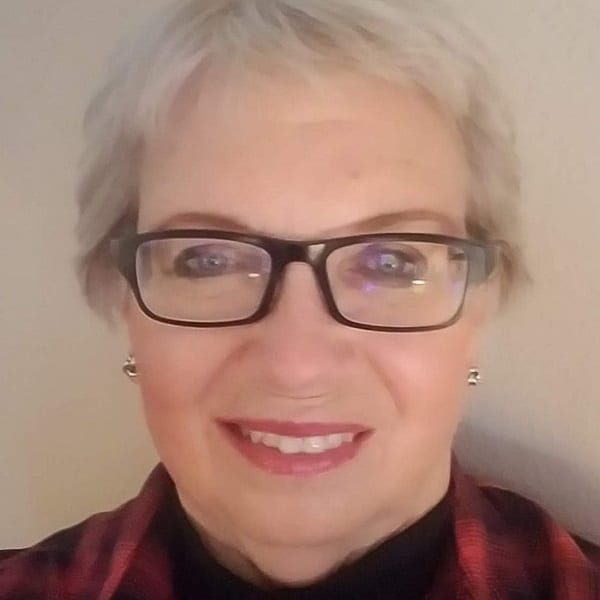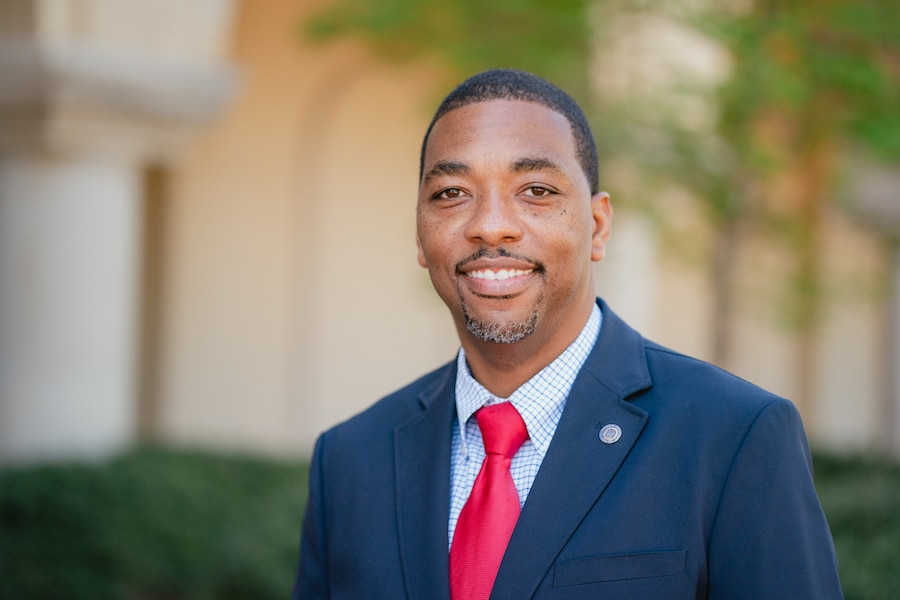Nestled between the Wasatch mountains on the east and the Oquirrh range on the west, bordered by the Great Salt Lake and Utah Lake at north and south, bisected by the Jordan River, lies the Wasatch Front, a narrow strip of land over 100 miles long in north-central Utah.
The Wasatch Front contains the state’s major metropolitan areas—Salt Lake City, Provo and Ogden—and is home to 2.8 million people, more than 80 percent of the population of Utah, 98 percent of whom do not know Jesus as savior.
NAMB Send Salt Lake missionary Travis Kerns and Utah-Idaho Southern Baptist Convention (UISBC) Executive Director Rob Lee are determined to see the latter statistic changed.
Along the Wasatch Front, more than 50 Southern Baptist churches preach the gospel to predominately Mormon or unchurched populations. Some 15 Utah church plants are presently funded through the UISBC and NAMB’s Send Salt Lake initiative, with church planting interns and apprentices in training to
begin more.
“We are trying to ramp up the number of church plants,” Lee told the TEXAN. “The SBTC has supported this ministry in Utah-Idaho. Because of their missions giving, we are able to do more work here than we could otherwise do.”
Utah-Idaho is one of three current partnerships SBTC has with the North American Mission Board. Several Wasatch Front church plants have SBTC ties.
“A big thank you goes to the SBTC for sending some of their best to plant churches,” Lee noted.
Lee’s work as executive director-treasurer of the UISBC assists the 168 SBC churches and entities in a territory just south of the Canadian border all the way down to northern Arizona. Vision 2020, the UISBC state strategy, has set the goal of establishing 300 SBC churches and reaching one percent of the region’s population by 2020.
“We have a long way to go,” Lee acknowledged.
Kerns arrived in the Salt Lake area in July 2013. The self-professed “Mormon nerd” was a professor of Christian worldview and apologetics at the Southern Baptist Theological Seminary in Louisville, Ky., when NAMB President Kevin Ezell asked him to go to Salt Lake City as part of the Send City initiative.
“It was hard for us to be comfortable in Louisville, knowing that in Utah 54 people die every day, and 53 of those die lost,” Kerns explained. “It’s a hard place to do ministry, the most beautiful ‘ugly’ place we have ever lived. And we love it.”
Kerns describes his work as recruiting “planters and partners” and is quick to credit the SBTC’s involvement in securing both, noting his positive relationship with SBTC Executive Director Jim Richards.
“The SBTC has partnered with the UISBC for three years, sending planters, funds and mission teams,” Kerns said. “It’s been great to be able to call the SBTC when we need help. When we see Jim [Richards] and staff at conventions, they make us feel welcome, like part of the family.”
Among the SBTC churches supporting Utah church plants are StoneWater Church in Granbury, First Baptist Church in Keller, Redeemer Church in Fort Worth, Denman Avenue Baptist Church in Lufkin, Grace Community Church in Glen Rose and First Baptist Church in Petrolia.
“FBC Keller has been extremely supportive of Desert Ridge Baptist Church in St. George,” Lee said. Desert Ridge, in southwestern Utah, is in a heavily LDS retirement area 110 miles from Las Vegas. “Brigham Young sent settlers there and wintered there.”
Desert Ridge has experienced what Lee calls “slow and steady growth,” with pastor Michael Waldrop at the helm.
The fastest growing church plant in the history of the UISBC is Lifestone in Herriman, Utah, sponsored by Granbury’s StoneWater, Lee noted. Lifestone, founded in 2013, has quickly grown to nearly 100 members.
Morgan Grace Fellowship, a church plant supported by Denman Avenue Baptist in Lufkin, is the only non-Mormon church in 97 percent LDS Morgan County. The pastor, Jeff Hurlbut, like many church planters, is bi-vocational, working in the local school district while his wife is a planner for the city of Morgan.
Community involvement remains a key for SBC church planters whose evangelicalism is at odds with the Church of Jesus Christ of Latter-day Saints.
“There’s no way to avoid the isolation except to get into the community and go to events. Put your kids in basketball or soccer leagues and get to know the people so they know you are not the weirdo next door, even though you are not into Mormonism,” Kerns advised. “Once Mormons get to know you as a human being, they will come around. It just takes time.”
The children of church planters are sometimes ostracized, especially in middle and high school, Kerns said, making Utah “a tough place to live.”
The region is changing in a continually expanding economy. Forbes magazine rated Utah as the “Best State for Business” in 2014, and the strong economy is attracting outsiders, noted Ben Helton, Lifestone pastor.
With the influx of new residents, Mormonism is slowly losing its grip in Utah’s largest cities, with more than a quarter of the population in the Wasatch Front identifying as religiously unaffiliated
“Salt Lake City proper is not even 50 percent Mormon now,” Lee said.
Lee, who has been in Utah since 1987, noted that Mormonism remains strong in rural areas even outside Utah. “Some places in Idaho are even more Mormon than Utah,”
Lee added.
“Utah Lake is fresh water. The Great Salt Lake has salt water. The Jordan River connects them,” Lee mused. In a region rife with biblical names and relatively little biblical knowledge, the area Mormons historically call Zion is poised for change.
SBC church planters are ready to help that change include a movement to Christ.














